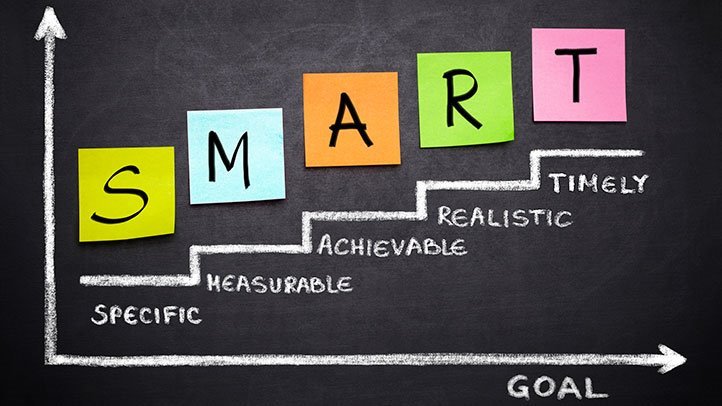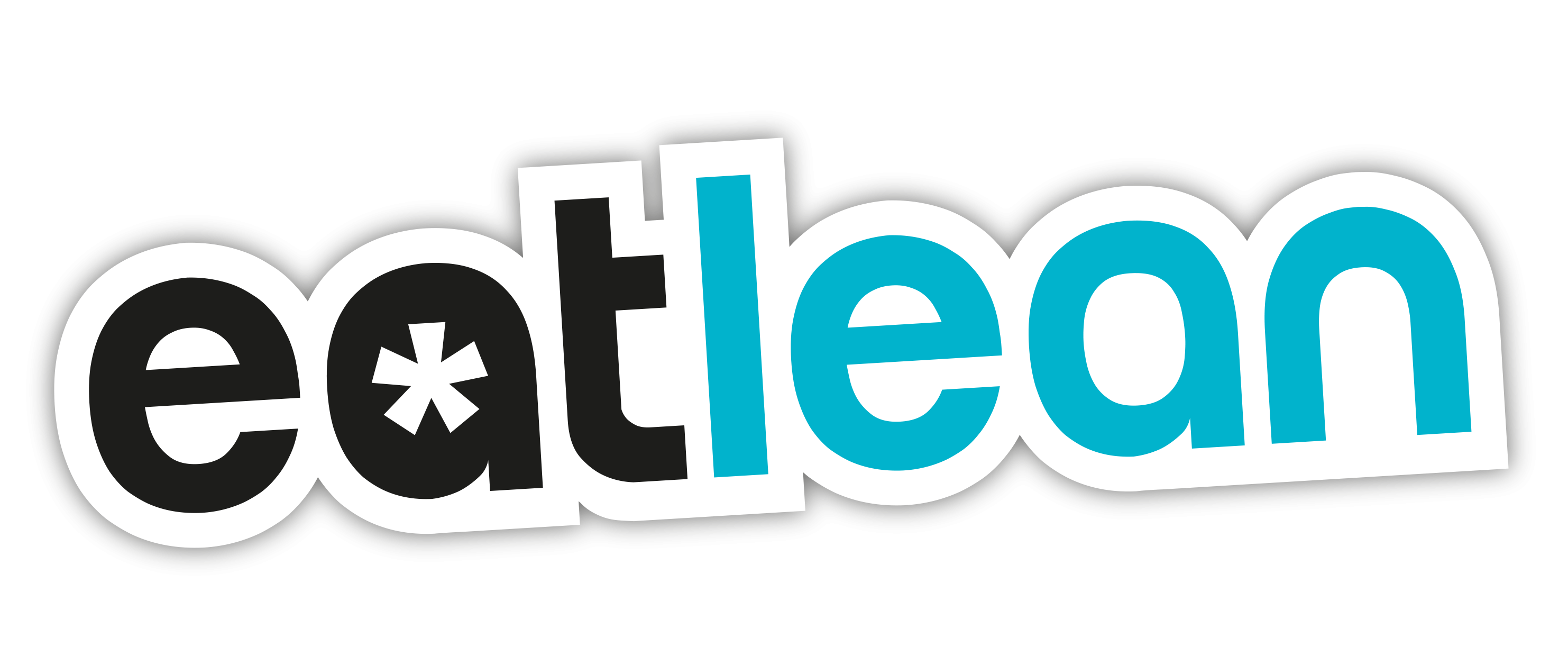Goal Setting: Changing Your Habits And Lifestyle

Goal setting is probably the most important yet most overlooked aspect of changing your habits and lifestyle.
Simply put, goal setting needs to be done in order for you to plan how you are going to achieve what you want to do. Most people, when setting goals, make two fundamental mistakes. They make outcome-based goals rather than action-based goals, and they don’t make SMART goals. Which is a concept with which you may be somewhat familiar.
I’ll start with habit-based and outcome-based goal setting. The differences and why it matters because this is an area that most people don’t even consider when setting a goal for themselves. A person on a diet may decide that they want to lose fat, so their goal is fat loss – right?
Maybe not.
See, nobody wants to lose fat. They want to become a leaner person. The slight difference being this: If someone loses fat, they are the same person they are now, but lighter. They have all of the same thought processes, cravings, habits and issues around food. It is for THIS reason that an estimated 80% of people who lose weight put it back on within two years.
On the other hand, becoming a leaner person is a very different animal. For someone to become a leaner person, they must adopt a new way of life that is more along the lines of that which a lean person would lead. They have new thoughts, habits and a different way of doing the little things day-to-day that make up a complete package.
We talk about people not ‘going on a diet’. But going on a ‘lifestyle change’ and this is what I mean and want for you. So, how do you go about doing that, and why does it work?
Setting a habit-based goal means that you are focusing on the process rather than the end result. This allows you to take smaller steps while still feeling like you are progressing rapidly. It also makes it far harder for you to ‘fail’. Let me give you an example.
If a person’s goal was to learn Chinese, it’s a pretty big undertaking. They need to learn vocabulary, accent, sentence structure and tone. They need to find someone to practice with and they need to make time in their day to get it all in. This is fraught with problems.
They may go weeks without making any progress! They could struggle to find the time, they could find that things just weren’t sinking in and over time it would be very easy to give up on the whole thing. Now, what if that person made it their goal to spend 30 minutes every day learning Chinese? This, now, doesn’t seem like such a hard thing to do. Sure, if they have a lot of time on their hands they could go for longer, but so long as they fit in their 30 minutes every day they have succeeded.
What’s more. If they miss a day, they are able to get right back into succeeding tomorrow without losing any progress. Let’s take this back to improving your diet and lifestyle to become healthier.
To do this, you may need to learn about food, eat more protein, eat more fibre, eat more vegetables, which means you need to learn to cook. It may take budgeting and it may take planning and preparation time to ensure you have low calorie lunches for work. Exercise? It might mean joining a gym and learning what to do, or taking up running, it may mean no more alcohol or takeaways for a while.
That’s a lot.
What if that person just made it their goal to eat vegetables with two meals per day and to switch full-sugar soda to diet soda, to begin with? This may not result in huge differences in body composition (although it may make a dent). But it’s easier to cope with than doing everything at once. There’s a lot of flexibility there, and if something awful happens and they can’t manage for one day it hasn’t ruined anything and their new habits can be picked up again tomorrow. As soon as these habits are built, a new set can be brought in – maybe we add another vegetable serving and go for a brisk walk for 30 minutes 3 times per week?
All of these small steps will add up until eventually a new lifestyle is created. Fat loss will happen along the way on its own if that is the aim and then final tweaks to calorie intake and energy expenditure can be done later down the line to fine-tune the last few steps.
Focusing on the journey rather than the destination allows you to enjoy the process. Because every day you will go to bed with a feeling of success and satisfaction. You’ve done it! Another one in the bag. Rather than going to bed hoping that today was good enough to reach the end target.
So, we need to set small habit-based goals. But what about your big and overarching aim: Become leaner, stronger, fitter, healthier, that kind of thing – how do we set that?
We Need To Get SMART
SMART stands for Specific and Measurable, Achievable and Realistic and Time-Bound. There are several interpretations of this acronym so feel free to use any combination that works for you. Let’s cover each in order, with the common goal of ‘I want to lose weight’ as an example.
This seems like a reasonable goal, but the thing is it’s kind of vague. How do you quantify that? This goal, as it stands now, would be achieved if over the next year you managed to lose, let’s say, just half a stone of body fat. You’ve lost weight, but there would be VERY few people who’d be pleased with this rate of progress over the course of the year (unless you only had half a stone to lose of course). Let’s apply the SMART model and see if we can’t make things a little more useful.
Specific & Measurable:
I want to lose 3 stone. This is now not a goal but a target or an aim. It’s something specific so you know if you’ve achieved it. Plus, it’s measurable so you are able to gauge progress and see how close you are getting to the amount of progress you are looking for. If you aren’t progressing, or aren’t progressing as well as you’d like, you know that things need to change to allow for the rate of progress you’re expecting.
Without specific and measurable goals, you can’t form your plan of action because you don’t know what you really need to work on.
Achievable & Realistic:
At this stage, we need to look at your lifestyle. Your commitments, your finances, your time allowance, your knowledge will feed into your ability to achieve this goal. If you don’t know much about weight loss (or whatever your goal might be), or how to manipulate the variables, it’s not a realistic goal as you lack the tools to get there. As well as a whole bunch of different things which will or will not allow you to reach your goal.
Take the 3 stone weight loss goal for example. This is a pretty reasonable goal for most people in their quest for fat loss, but for some people, it might not be. If someone has struggled for years and years to lose this weight it might be a tough goal. There might be a lot of habits that need to be worked on and other issues that are pre-existing. It might not just be a case of eating less, doing more and optimising health. Thus this goal is not that realistic given your unique circumstances, and it might be a large mountain to climb. Whereas if this has been a struggle for so long, a smaller goal would be more realistic, e.g. 1 stone. Especially if achieving this much in past years has been a struggle. Small goals can spur you on, mini victories, you then just create another small goal and move on to that one. Especially as large goals can scare many people and make you feel like you have failed if you don’t achieve it as expected. We must always be honest and realistic with ourselves and appreciate the tools (which is often knowledge and will power) we have at our disposal.
Now me saying this doesn’t just mean you should set small goals, because that isn’t the case – ambitious goals are great. It DOES, however, mean that you should set goals according to the life you live and your actual likelihood of success. Setting a goal that you probably wont achieve is a great way to leave yourself completely demotivated and lose faith in your ability to achieve your goals.
Time Bound:
Finally, we need to set an end date. If we leave these things open-ended then there’s a large chance that procrastination will set in and hold you back, that this goal could just get pushed back when a holiday crops up, one social event leads into another, or we just don’t feel like it at some point in the process. We do need to hold ourselves accountable for the process and goals we want to conquer. On the other side to that, setting a goal with too short a time frame might not give you enough wiggle room to do what you set out to.
In the weight loss example of losing 3 stone. If you were losing 1lb per week (more is doable, but it’s good to set goals on the moderate side to ensure motivation stays high). Then it makes sense that our 3 stone weight loss goal can easily be achieved in a time frame of 42 weeks. (14 lbs in a stone, so multiply 14 by 3 to get 42). But you will likely get there sooner as the average weight loss for people applying the right techniques is 1-2 lbs per week (or close to 0.5 – 1kg). This now gives you a benchmark and helps you understand if the rate of progress is ‘good enough’ or not. Putting yourself under too much pressure by saying I’m going to lose 3 stone in 3 months could be very unrealistic if you haven’t thought about things like average healthy weight loss, practicality, methods you can apply to do so, how often you can get out to exercise etc?
Once an overarching aim/goal is set using the SMART model, it’s time to start setting smaller habit-based goals and working towards building a new you! So, this week, make your SMART goals.
This will apply to all goals, not everyone wants or needs to lose weight. You might be trying to gain weight, get stronger, achieve a new sporting goal, consume more Eatlean cheese, etc. Apply the same principles to any goal and your chances of success will be increased. It will also serve you better if you have developed a fairly strong sense of self before deciding to achieve your new goal. Change should always come from a foundation of self-acceptance and without that, you might choose the wrong goal or resist the change of habits and lifestyle required to get there.
Summary:
Making SMART goals are key. But as well as doing this you need to make sure your goals are your goals. Making a goal and going through the SMART process actually starts the process of identifying whether the goal you are trying to achieve or not is actually your goal and that goal is based on your personal values. Not the expectations of others. If your goal is too ‘pie in the sky’ like “I want to lose weight”. The SMART process forces you to think more critically about your goal and apply more tangibles to it. If your goal is not legitimately your goal then you will really struggle in the SMART process.
I say this as too many people get influenced with their goals by the media, what we see online, and by friends. You might see someone famous doing CrossFit and think you’re going to do CrossFit. But not even know what it is or whether you will enjoy it our not). Or that someone you know lost 3 stone in 3 weeks doing a juice detox (and know that it’s not healthy and just leads to a weight rebound). Your goals need to be your goals, for you, created by you. That means just you, in a room, with a pen and paper, honestly assessing where it is you want to go and why. Only then can you truly achieve what YOU want to achieve, in a SMART way.






